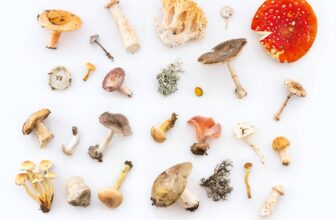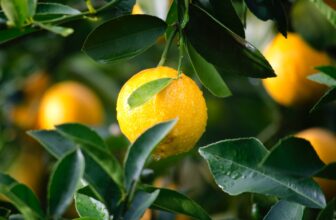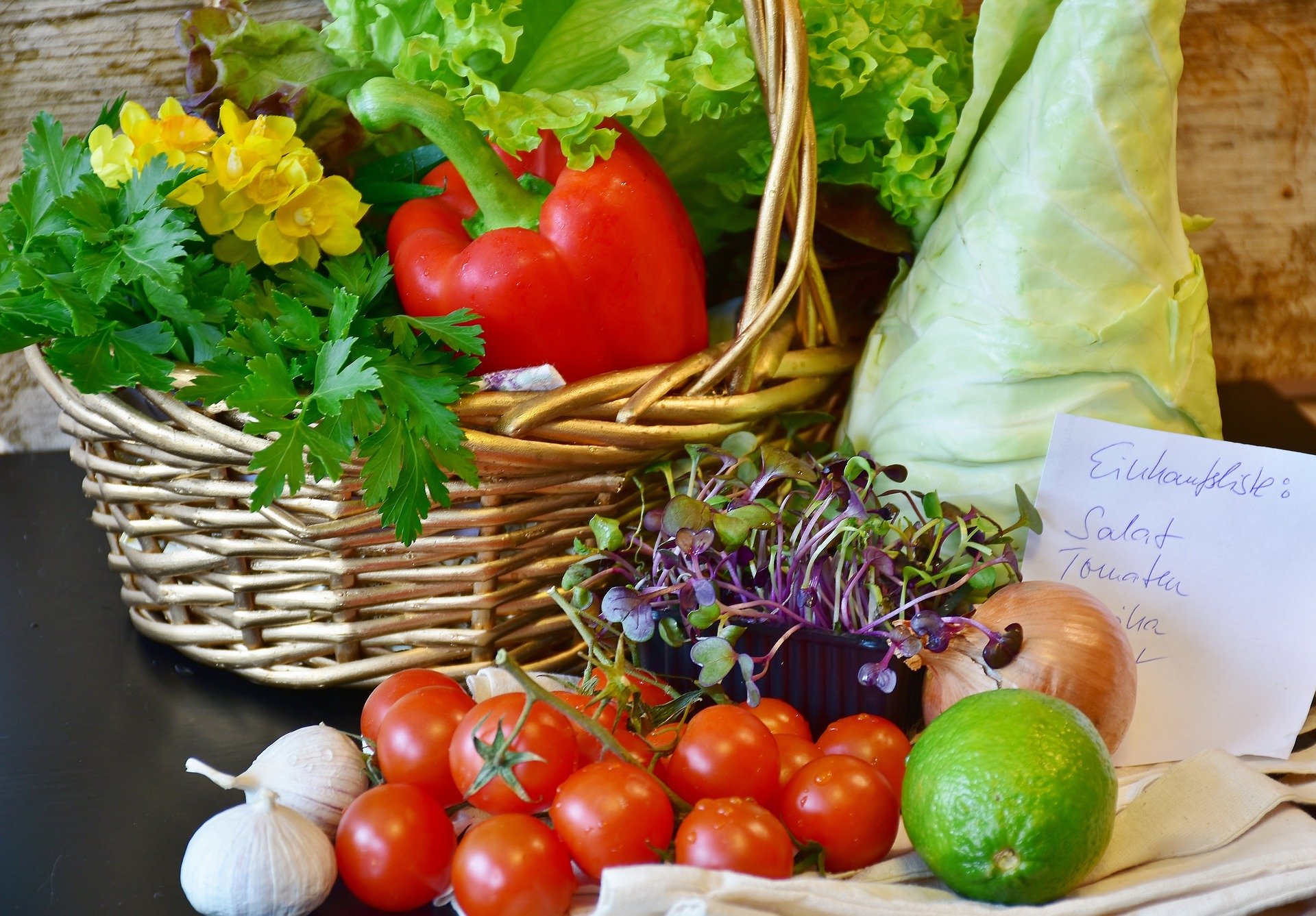
Growing your own vegetables is a much healthier and delicious option than store-bought vegetables especially because you’re fully aware of what’s in them. Although some people think that starting their own garden is difficult and complicated, it’s actually not. In fact, it’s fun and simple enough if you choose the right crops.
To help you start your own garden, we’ve compiled a list of the easiest fruits, vegetables and salad seeds to grow. Not only are these easy to deal with, but they also don’t require a lot of maintenance so anyone can grow them.
To help you start your own garden, we’ve compiled a list of the easiest fruits, vegetables and salad seeds to grow. Not only are these easy to deal with, but they also don’t require a lot of maintenance so anyone can grow them.
1. Beetroot
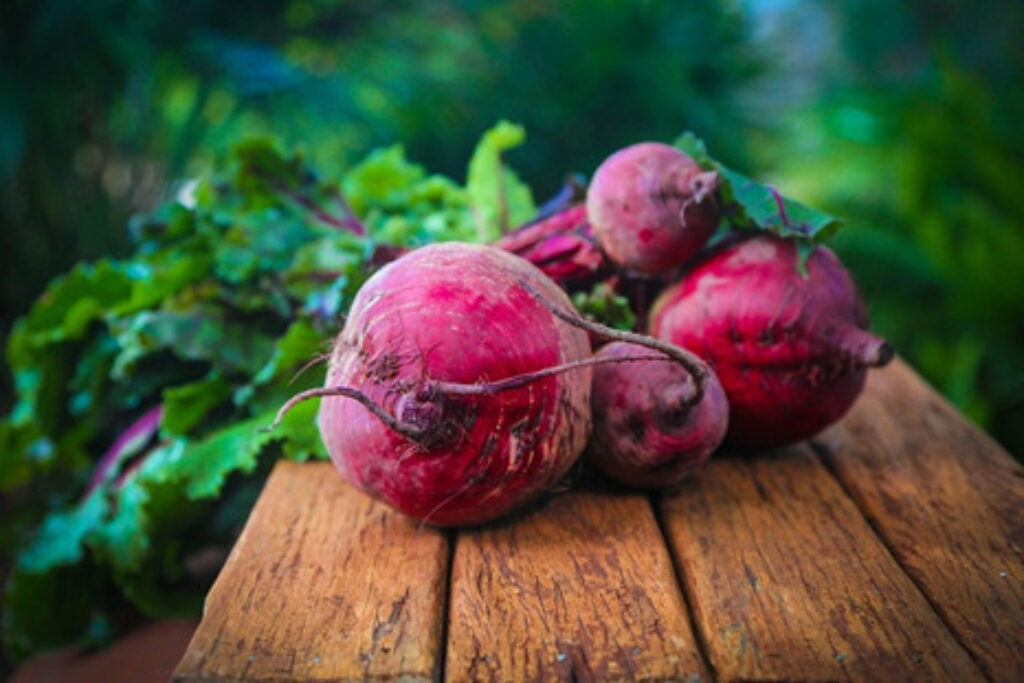
Beetroot is a super-easy vegetable to grow since it doesn’t require a lot of attending to. These delicious root vegetables are often used in salads but they’re just as tasty when eaten warm or boiled. If you’re interested in planting beetroot, sow them directly into the moist ground from March to July and when seedlings emerge, make sure you thin them out to about 5 cm apart.
Now, it’s time to wait patiently until the time to harvest comes, usually from May to September. There are two types of beetroot including Boldor (sweet, with orange flesh) and Boltardy (a highly popular variety).
2. Peas
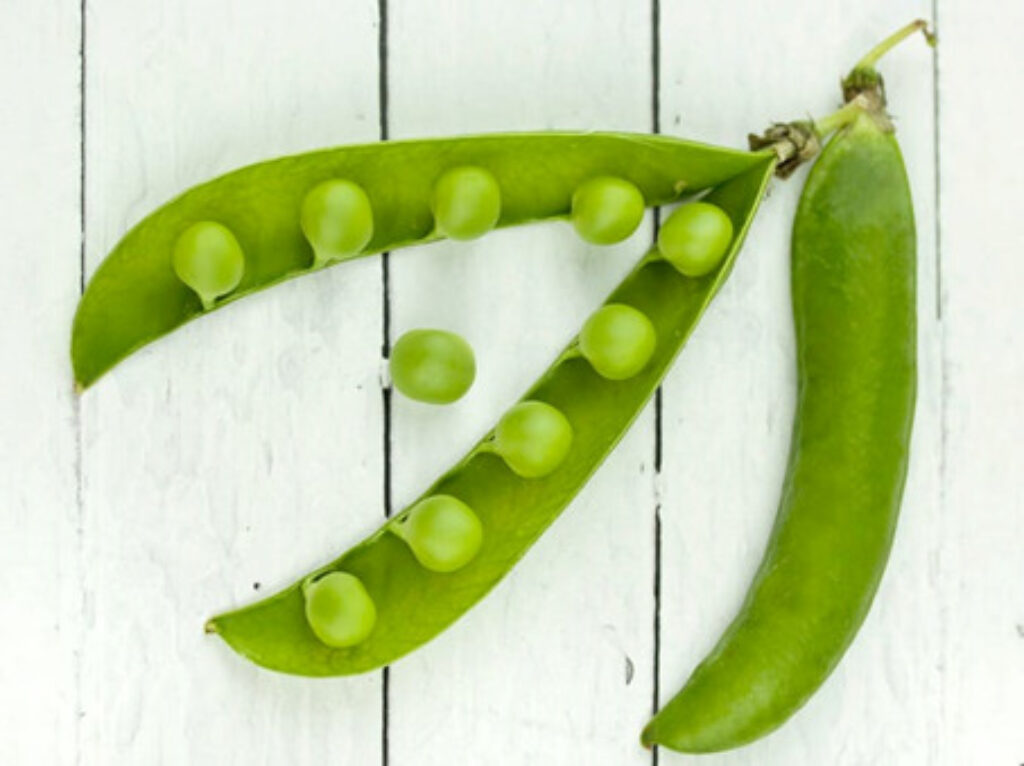
Peas are an easy and fuss-free crop to plant since they don’t mind cooler weather so there’s no need to worry about starting seedlings indoors. All you need to do is sow the seeds in the ground from the month of February onwards and then watch them grow.
Peas don’t require any extra, special attention but they do need a support like a bamboo cane or chicken wire attached to posts. As the stems grow, wind them around the supports so they won’t fall over. You can pick peas anywhere from June – October and the best part is the more you pick, the more they will grow.
3. Chillies
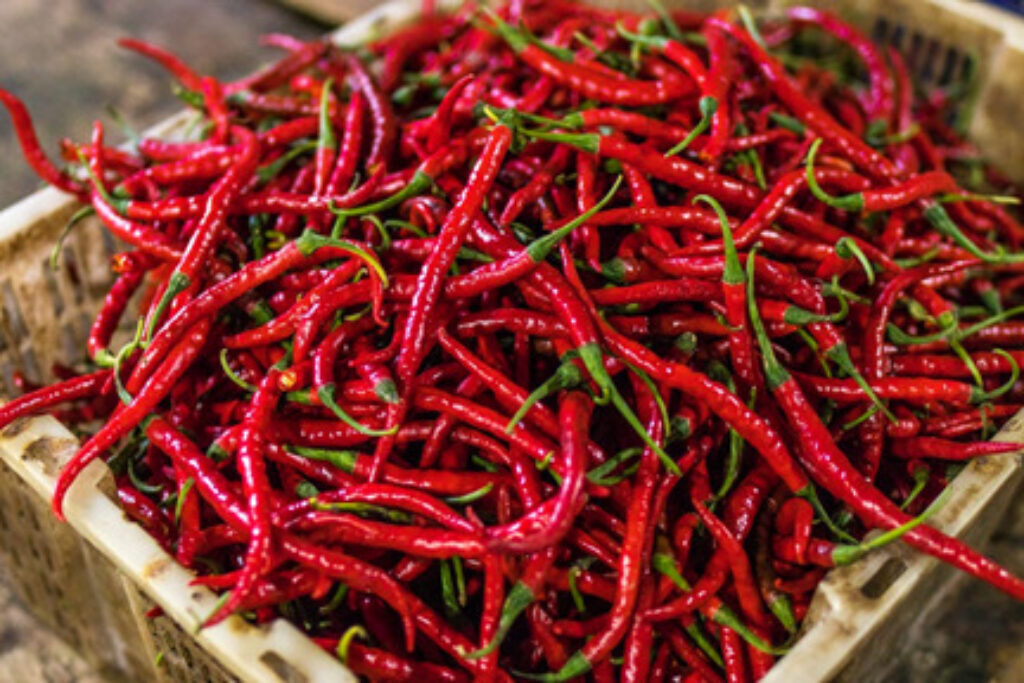
Chillies are becoming increasingly popular vegetables to plant since they’re easy to grow. If they’re kept warm they can be grown even during the chilly seasons. The amount of warmth needed depends on the variety of the chilli you plant. The hotter the type of chilli, the more warmth it needs to ripen properly so for best results, opt for something like a mild variety of cayenne.
Sow your chilli seeds on a windowsill indoors during spring and then later in May, you can move the plants outside. Water well and they’ll be ready for harvesting from July. The interesting thing about these plants is that they produce more fruit if you pick them regularly.
4. Rhubarb
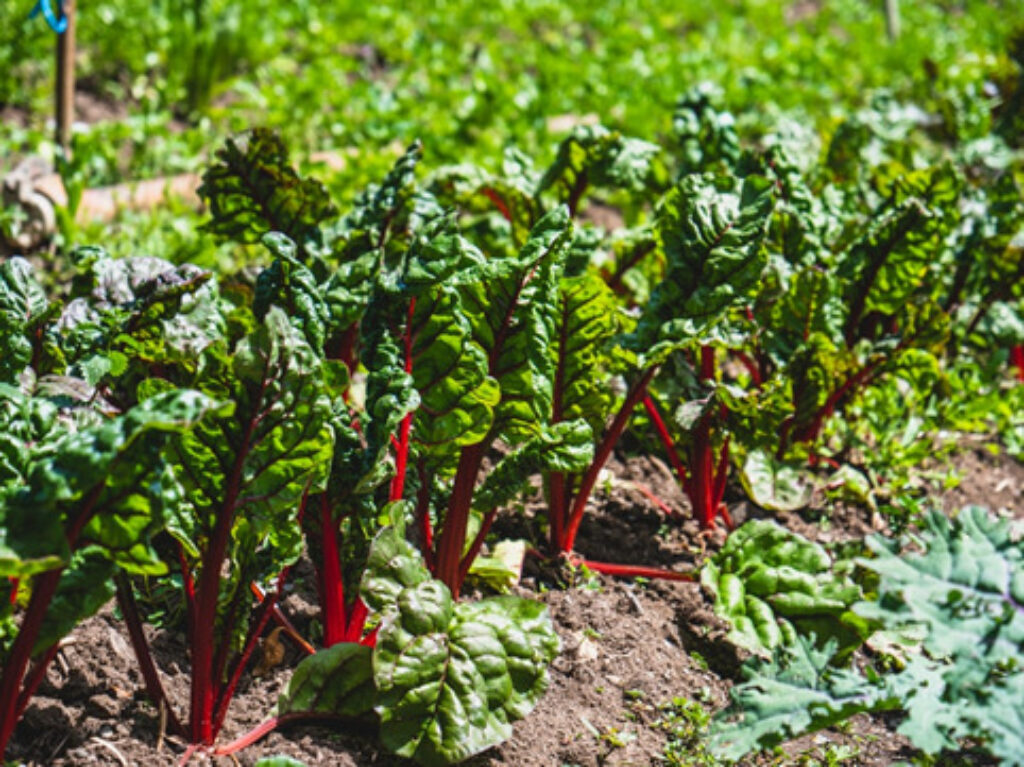
Rhubarb is a very simple crop to grow because it’s low-maintenance and quite hardy. Rhubarbs should be planted in late autumn or early winter in a plot that gets a lot of sun. Remember, the soil should be moist and well-drained for best results. Once the crowns are planted, you can leave them to grow and they won’t require much attention at all.
Although they’re so easy to grow, this isn’t a crop that can be harvested quickly so if you find it hard to be patient, you won’t want to plant these. Rhubarbs shouldn’t be harvested for the first year since they need some time to become well-established. The following year after planting, you can harvest a few stems and from then on you can keep harvesting.
5. Tomatoes
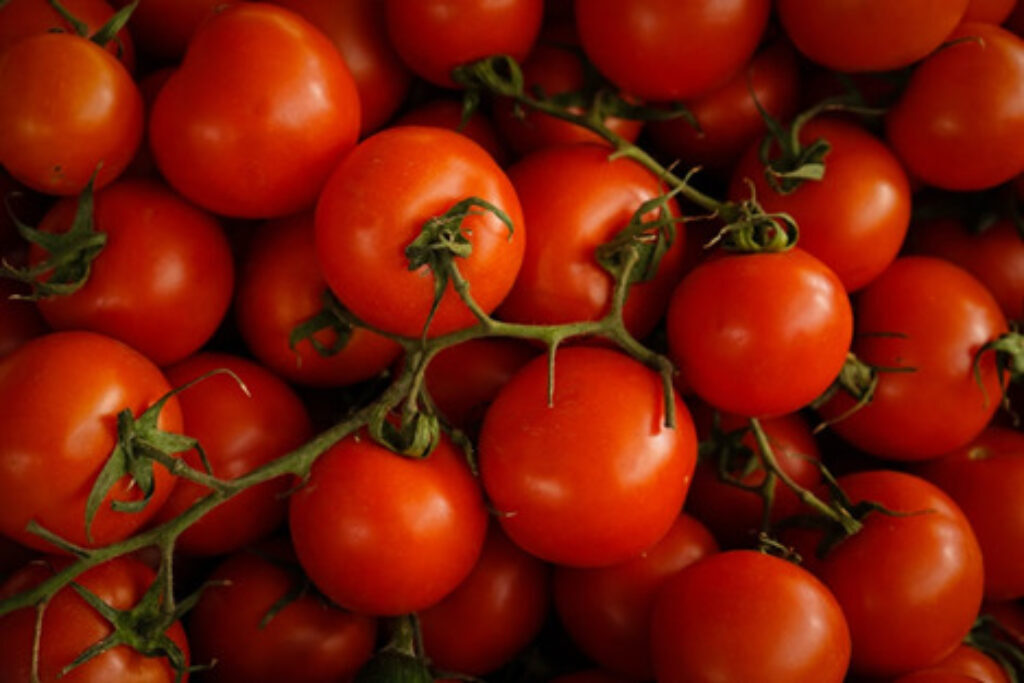
Tomatoes are a great option if you’re looking for an easy vegetable to grow that doesn’t require much effort. You can easily grow them from seeds in hanging baskets or creeping up supports. If you’re planning to grow your tomato plants outdoors, sow them from late March but if you’re growing them in a greenhouse, you can start from late February.
Plant your tomatoes in grow bags with rich soil and keep them somewhere that’s warm and sunny since this is exactly what they need for the fruit to ripen. If you’re not interested to mess with seedlings, buy ready-started plug plants: seedlings which are germinated grown in trays with small cells. This will make the job even easier.
6. Beans
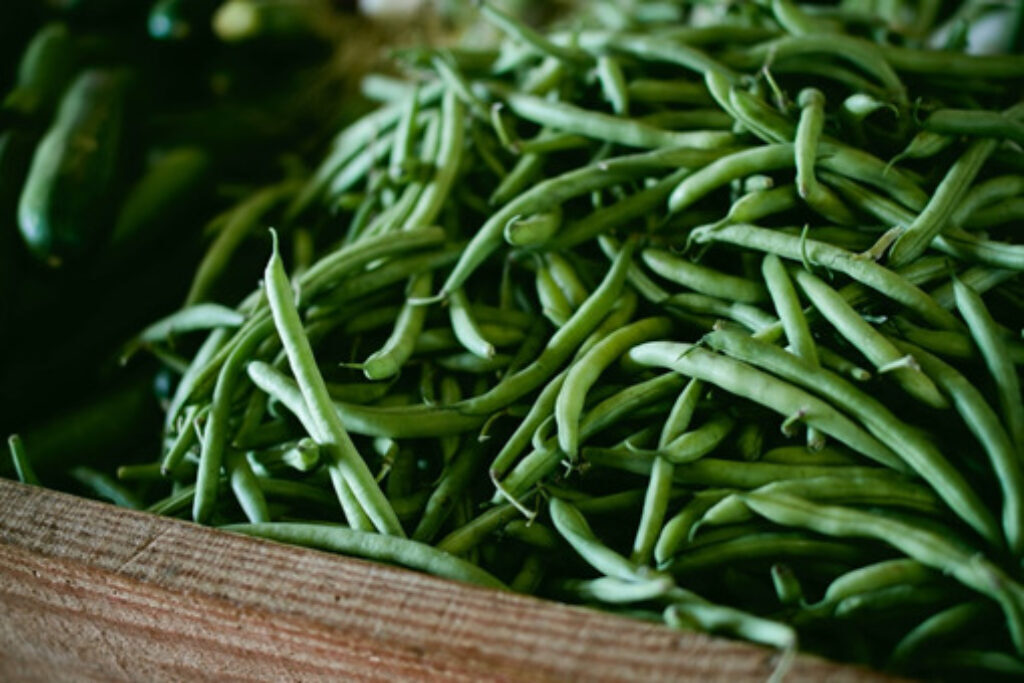
Beans (both broad beans and runner beans) are easy vegetables to grow especially when you’re a beginner. They’re like peas in that they need a support system such as a wire frame or bamboo canes to creep up along. They can be sown directly into a prepared plot in April and will be ready for harvesting from June. Remember to pick them regularly to keep the plants vigorous and if you’re short on space, you can always try a dwarf variety which can be grown in containers or on the ground like a small bush.
7. Bell Peppers
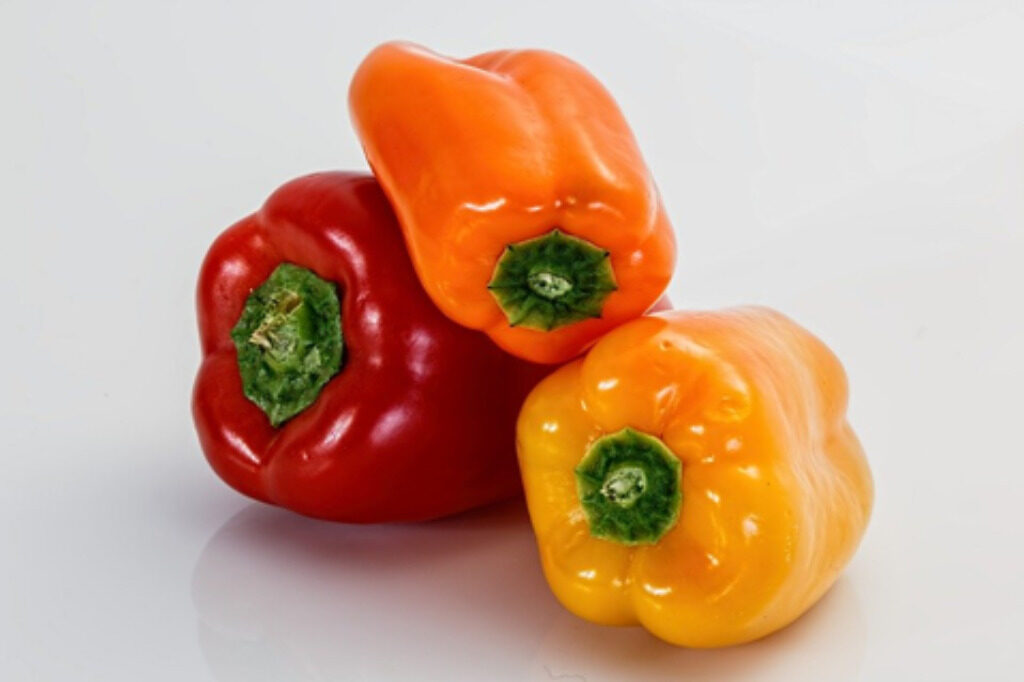
Bell peppers are an easy vegetable to grow and make a lovely, colorful addition to your garden. They start out green, but with time they mature to orange, yellow, red or purple and some even look chocolate colored!
Temperature is important when it comes to growing bell peppers since they need warmth to grow but don’t worry, because it’s not as complicated as you think. Start your pepper plant seedlings indoors since they need the warm of your house for germination. Most bell peppers mature in 60-90 days after which they’ll be ready to harvest.
8. Potatoes
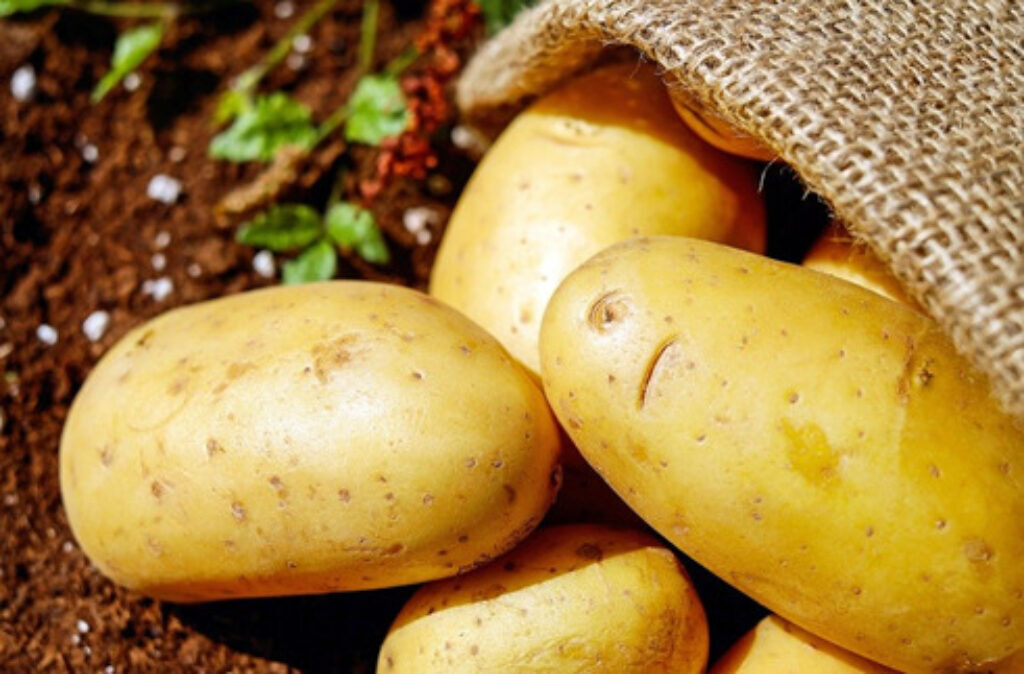
Most people think that potatoes are difficult to plant but in fact, they’re one of the easiest. They need deep soil to grow in so you might want to plant them in a deep container like a dustbin or a raised bed. Plant them in late February or early March and as they grow, push soil up around their stems creating a mount, making sure they’re always covered. 10-20 weeks later, the leaves will turn yellow, letting you know that the time to harvest is right.
9. Onions
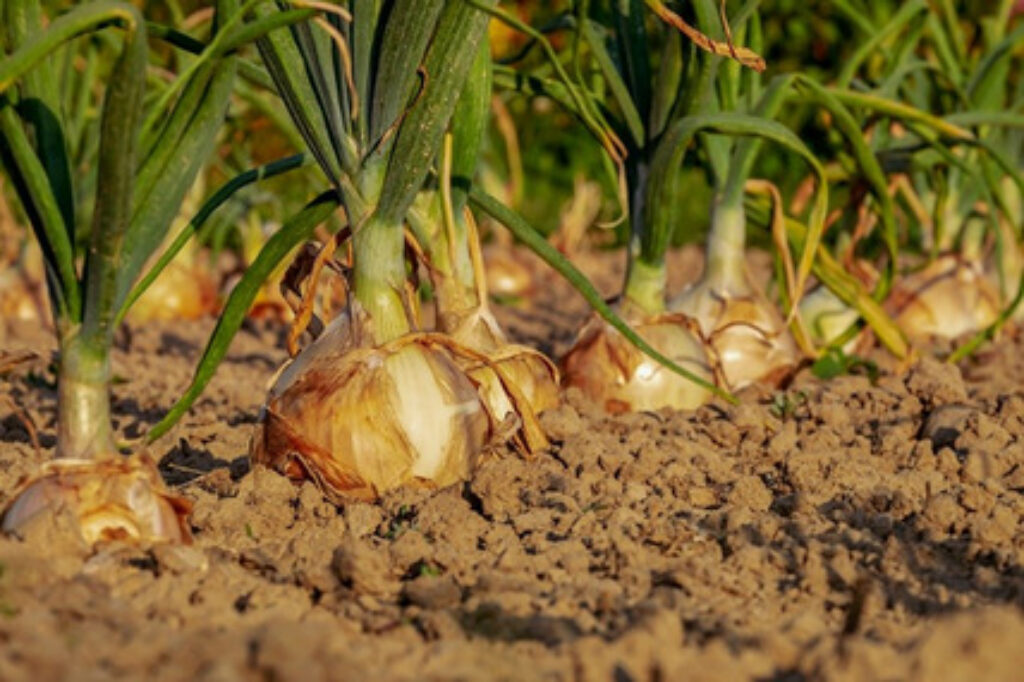
Onions are one of the easiest and most useful crops you could plant that’s perfect for beginners. If you’re someone who likes to incorporate onions into every meal, you’d enjoy growing these at home. These vegetables should be planted in an area that’s open and sunny with well-drained soil and they don’t like excess water so be sure not to over-water them.
Plant these vegetables from mid-March to mid-April, leaving the tips showing and water them in dry spells. They are practically maintenance-free, requiring only clear soil without any weeds. Remember to harvest them when the leaves become yellow.
10. Radishes
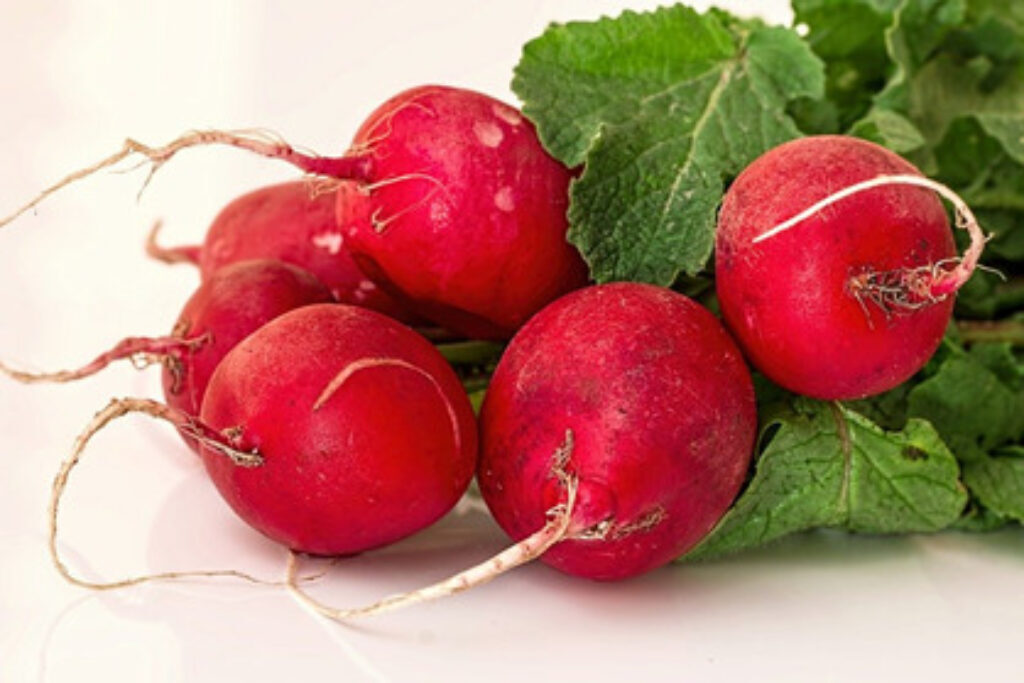
This is a great and easy crop to grow directly in the ground or in containers. Sow them in the summer and keep the soil nice and moist since this helps them to grow large and fleshy. These are one of the quickest–growing vegetables, taking only up to 4 weeks from sowing to harvesting.
When growing radishes, remember to do it in stages so as to keep the crop continuous. If you sow in one glut, you’ll end up harvesting everything at once and won’t have anything for later.
11. Salad Leaves
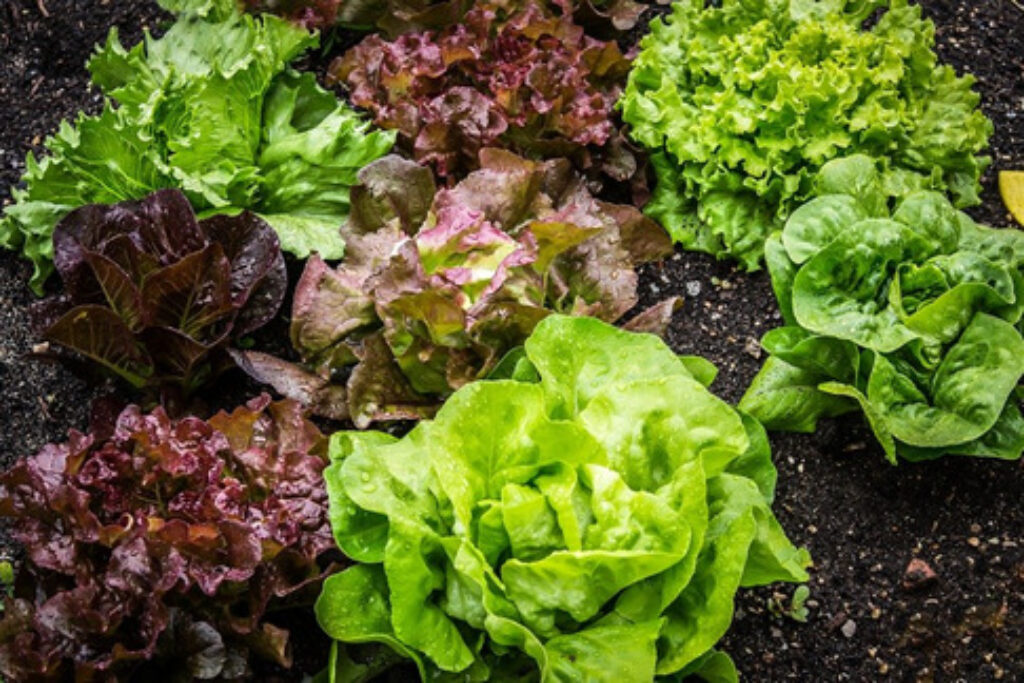
Here’s one of the easiest edible crops to grow for beginners. There are several varieties of salad leaves and some just take a few weeks to grow fully. Sow these in stages, a lane or two throughout the summer to ensure that you get a continuous supply so you won’t have to harvest everything at once. When choosing seed mix, look for one that gives you a variety of leaves for different tastes, textures and colors.
11. Strawberries
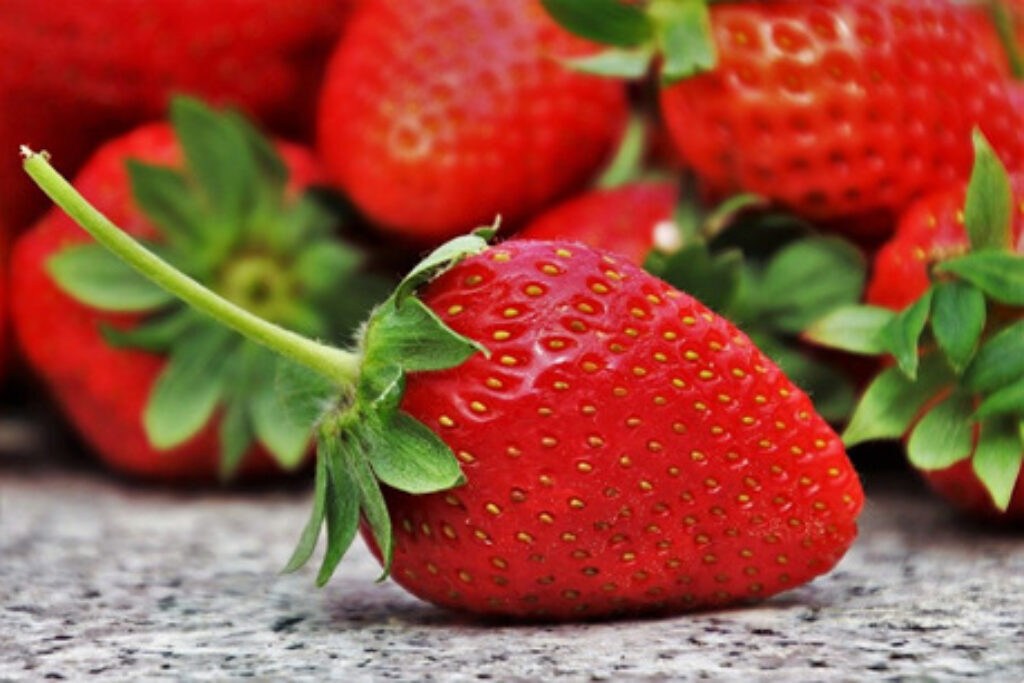
Strawberries are a great fruit to grow since they’re so versatile. They can easily be planted straight into the ground or in containers, pouches, hanging baskets and window boxes. These fruits love sunshine and need well-drained soil for best results. When grown from seeds, it takes about 3-4 weeks for germination from seed to plant and the plants take 4-6 weeks to produce fruit after blossoming.
Wrapping Up…
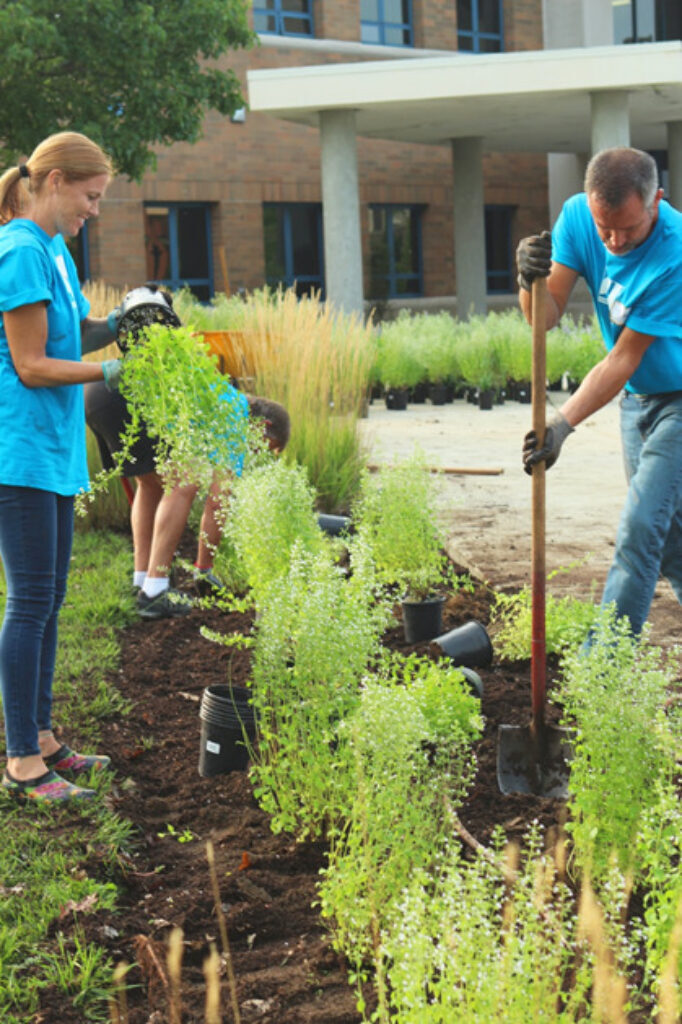
Before you start your garden, think about what type of garden you want it to be. Do you want it to be a vegetable garden? Or do you want to have a fruit garden instead? There are many options so have a little think first. Once you’ve decided, plan the different crops you want to plant in it and then get to work!
Pretty soon, you’ll be gardening at your own pace and reaping the benefits such as delicious flavors, beautiful views and gorgeous blooms. Gardening is a great way to do something productive and enjoyable with your family. You’ll find it’s also very stress relieving so start today and have fun!



